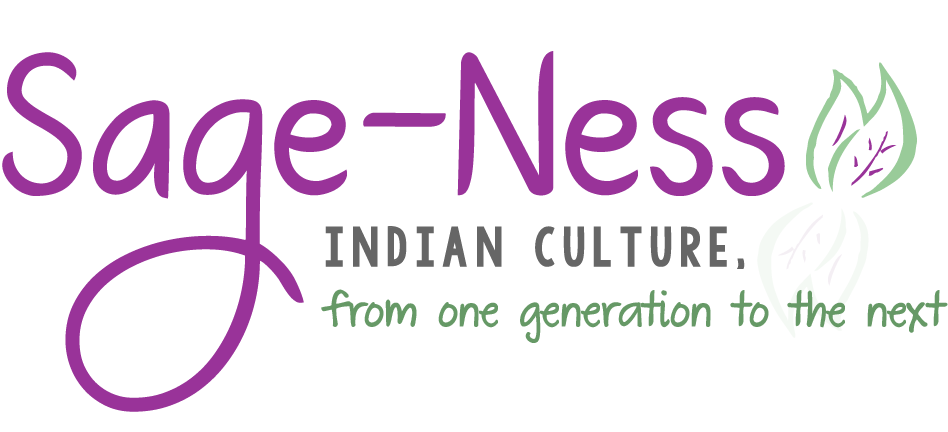How WE do Montessori, Shah’ntessori?
There is a lot of information online about what the Montessori style of teaching is so I won’t bore you with what is already out there. Instead, I’ll share with you how WE do Montessori, meaning what key parts of the montessori approach I really try to incorporate into Toddler S’s day-to-day and how we got started. Keep in mind there are a lot of other details to the true, traditional montessori method of teaching from the types of materials you use, to setting up your environment, to the day-to-day approach which also requires a lot of commitment, financial investment, time, creativity and lots of research! I definitely did not want to spend an arm and leg on new materials and I also realized that certain aspects of it may not work with our current space & lifestyle so we do our best to practice the key elements of the montessori approach without feeling like we need to make drastic changes.
To preface, way before I discovered the Montessori method of teaching, like any pregnant woman, I was making a list of the things I’ll need for our newborn. I knew from the beginning that I preferred something other than a crib and I was researching alternatives that aligned better with the “minimalistic approach” to be baby gearing. We did not want to invest in a full out baby nursery and every gadget made for a 20inch human. Instead, we wanted to have the bare minimum, it’s not like our parents had a whole baby store to welcome us home from the womb. The bare essentials for them was momma bear and I was convinced that we really didn’t need much more beyond that (all the cute stuff we collected were pure wants, not needs).
With that I went to good old Google to find out if it was safe to have infants sleep on the floor (clearly, my existence was not proof enough that it IS ok). I stumbled upon the idea of a “floor bed“, a fancy term for what we desi’s know as a pathaari or gaadi. This was my stepping stone into the Montessori world and I couldn’t believe how closely it aligned with my overall way of thinking.
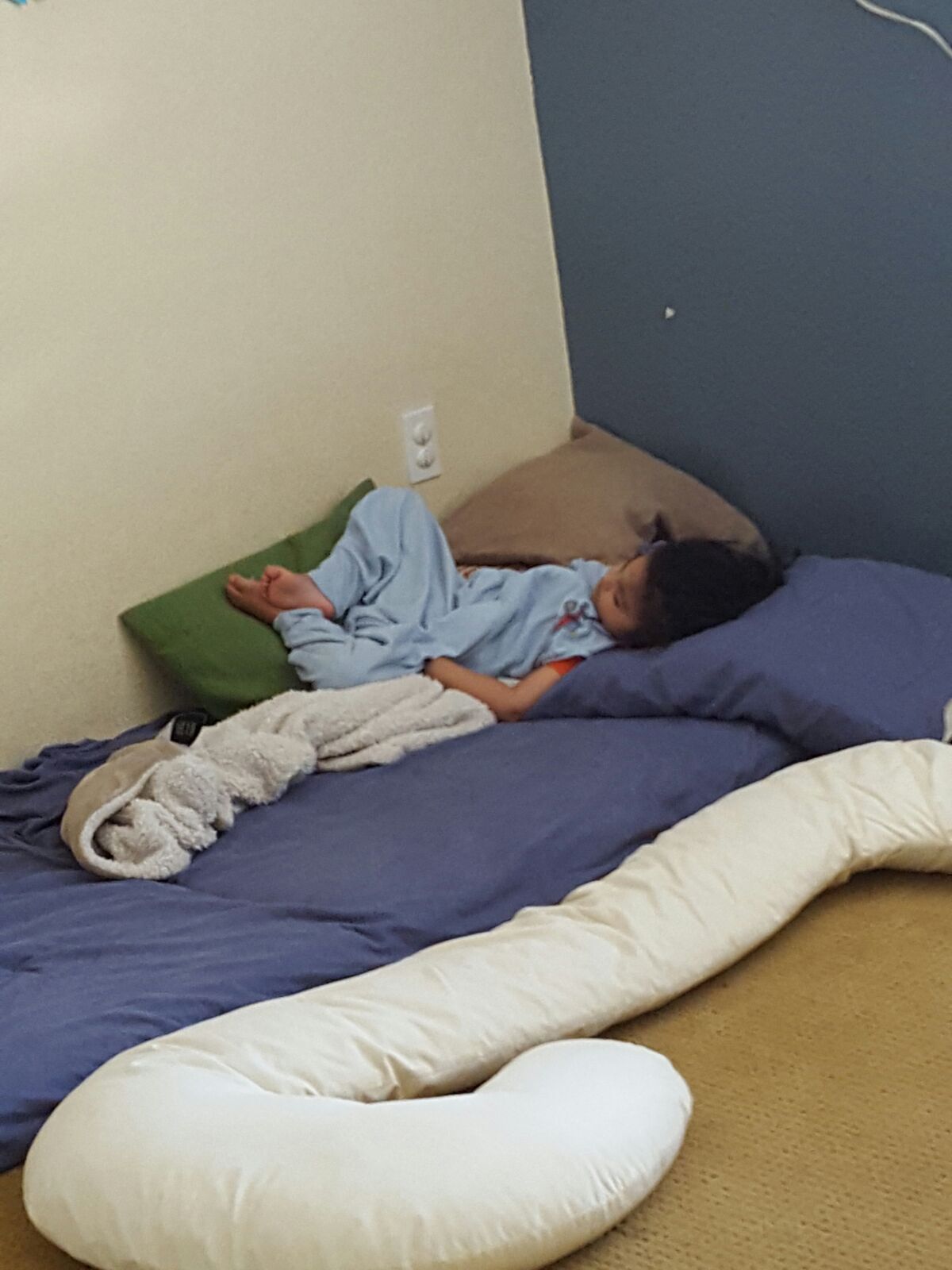 2.5 years later, he loves his floor bed, his puh-lung.
2.5 years later, he loves his floor bed, his puh-lung.
In summary, our overall approach with Toddler S really incorporates our minimalistic style, bi-lingual/cultural immersion (more on this later), along with a very strong emphasis on the key montessori principals. I’m excited to share with you how WE do montessori, maybe I can call it Shah’ntessori!
Environment
Toddler S’s floor bed was our starting point to his montessori influenced environment. Most new parents rush to buy cribs, playpens and safety gates to put all over the house in an attempt to contain the child and keep them out of “their” stuff. But we wanted to create a home where it was more of his space than not. We didn’t want to keep him out of our space but rather make our space such that he could be a part of it, be exposed to it and acclimate to it but we had to start small and his room was the first stop.
As an infant his room only had a few things in it.
As he became mobile, we added more elements to his room, to make it a more toddler friendly room.
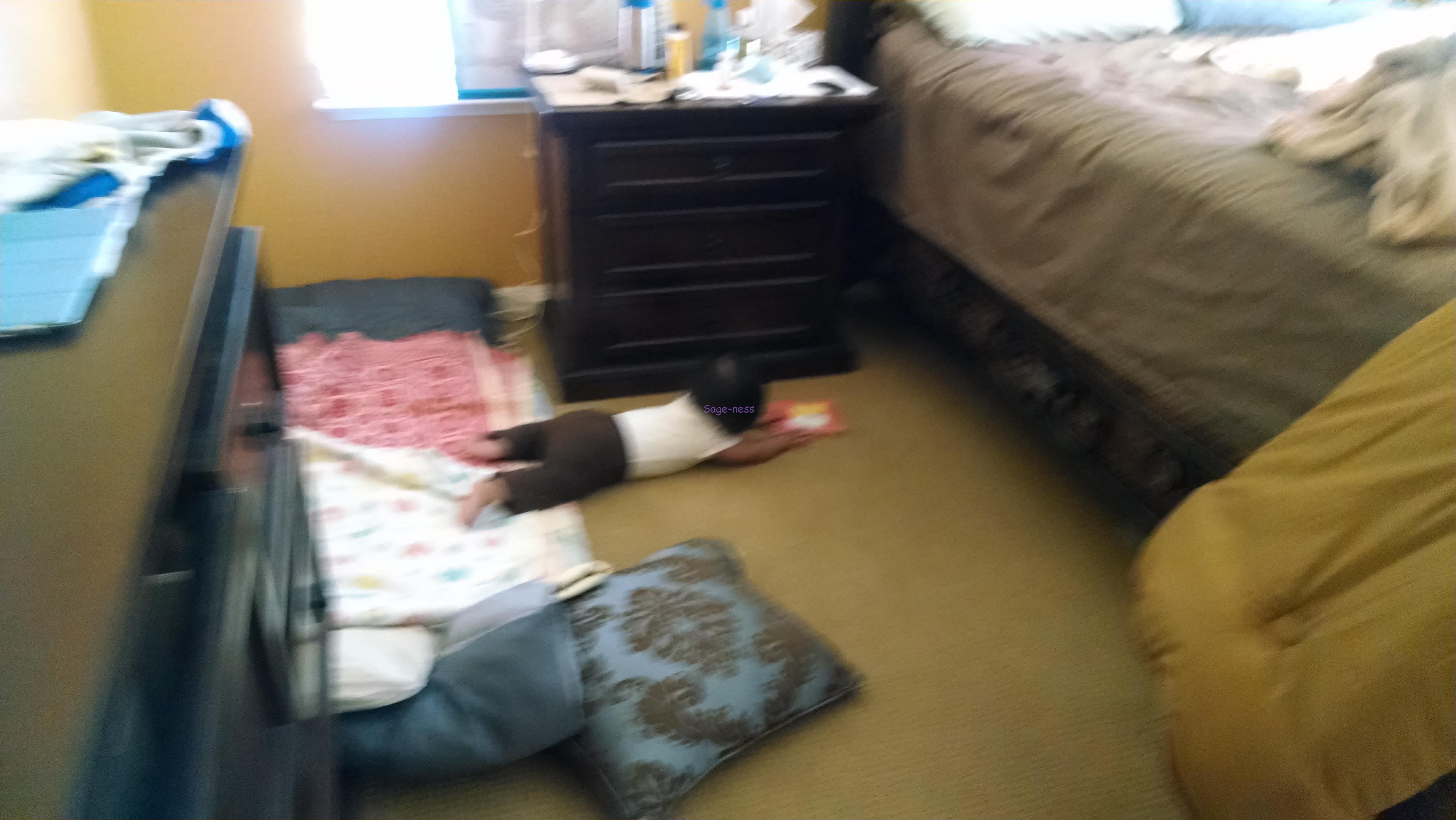 His first floor bed in our bedroom
His first floor bed in our bedroom
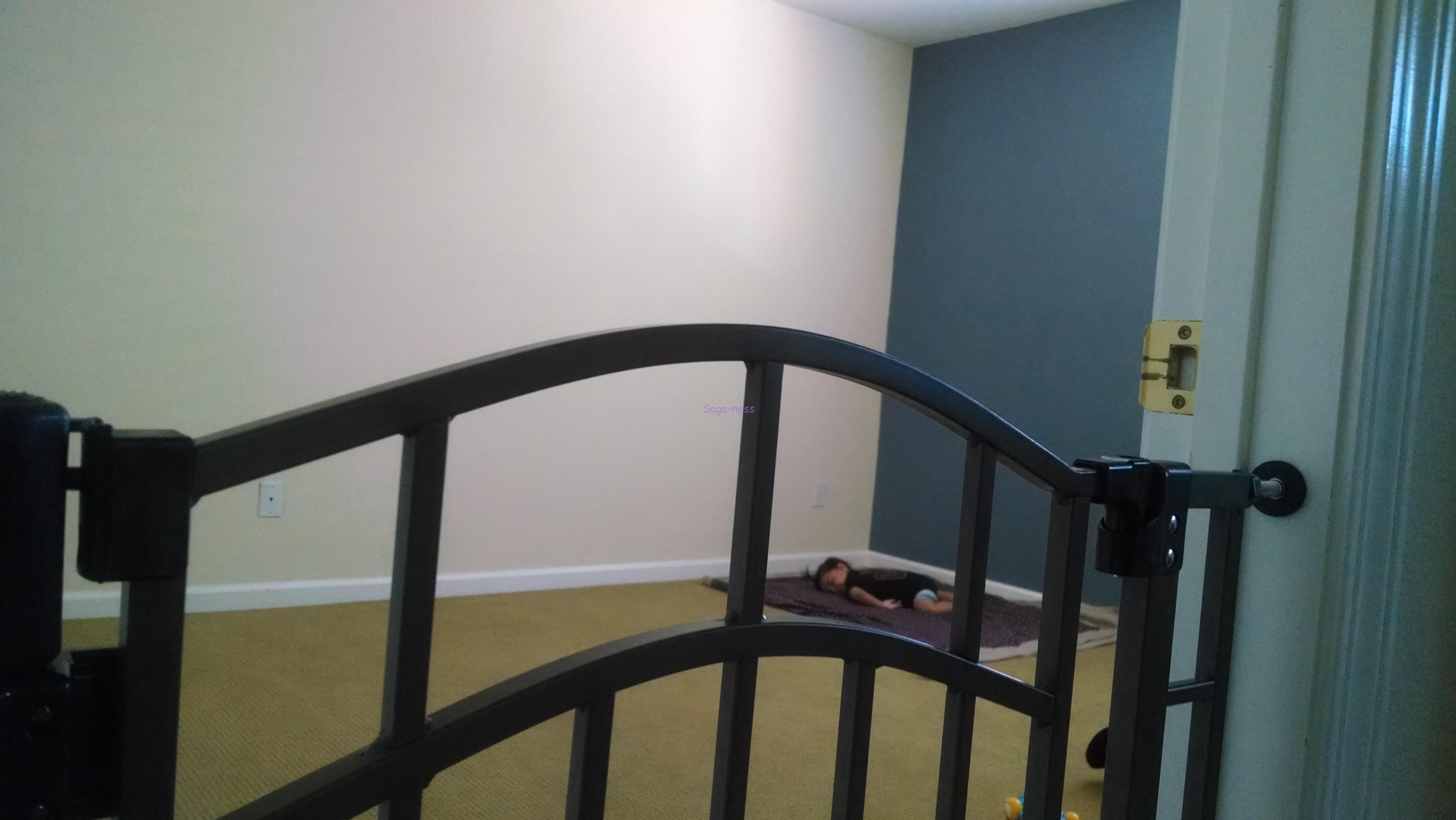 His first make shift floor bed in his room
His first make shift floor bed in his room
We have continued to evolve his room by rotating toys/books, adding wall art and setting up simple activities for him.
For our living space, instead of constantly having to say “no” to him or preventing him from getting into our stuff decided to get rid of these items from his reach all together. This all happened in phases as he grew more and more mobile (and taller). Our side table which once occupied mail, electronic chargers and other junk was cleared out and replaced with books and a couple activities for him to engage in. We followed the same model as his room except in the living space we exposed him to more activities which allowed him to focus on life skills. These are better done with supervision and often were too messy to have in his room.
In the kitchen, we added a learning tower which allowed him to join me in cooking and prep activities rather then him tugging at my feet. He loved watching or participating when I was in the kitchen and I got a lot more done. We also dedicated a drawer for him to store bowls, spoons, cups and other kitchen items. This gave him unlimited access to something that was his in the kitchen which otherwise is a mostly “no” zone for safety reasons.
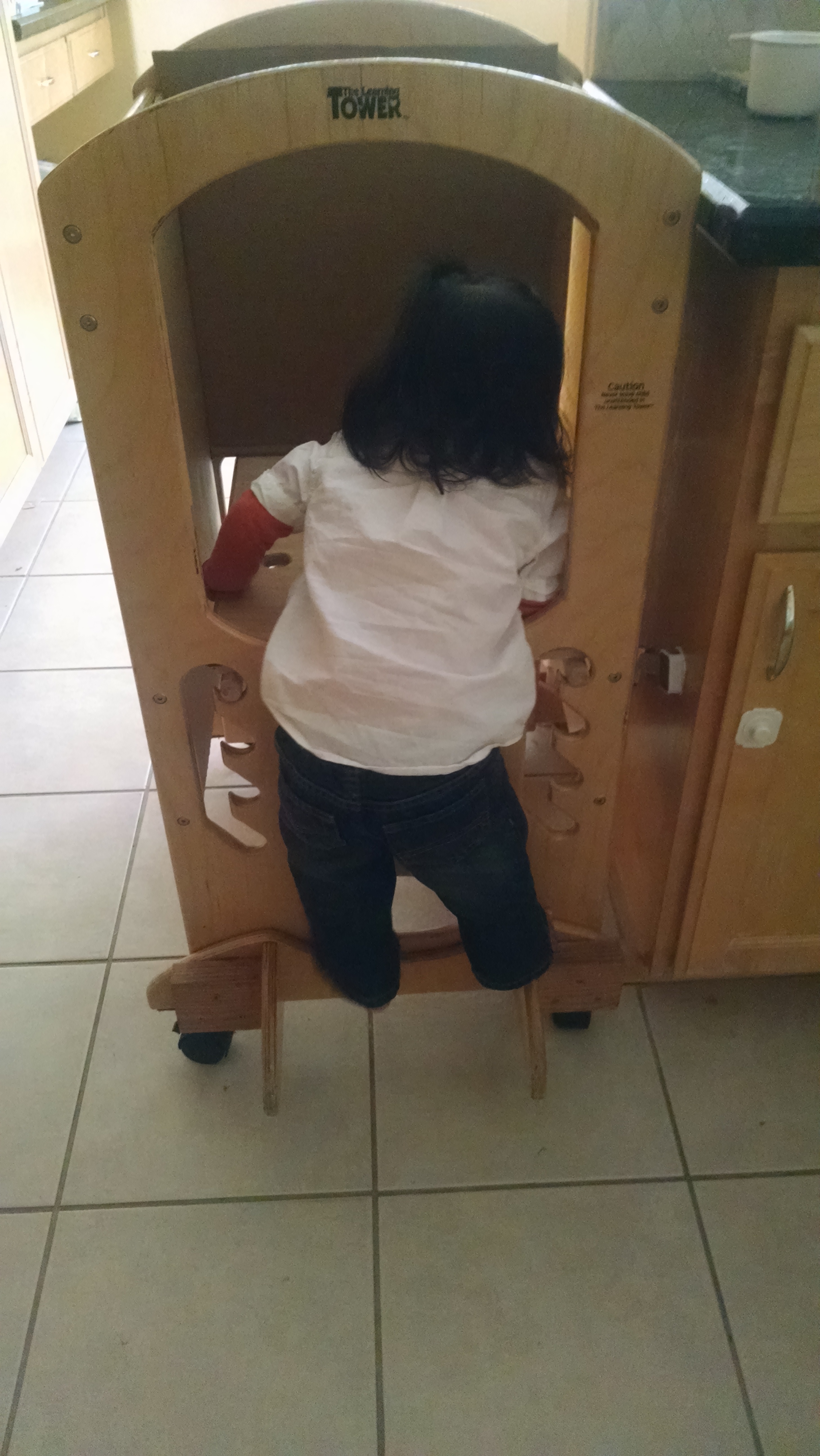
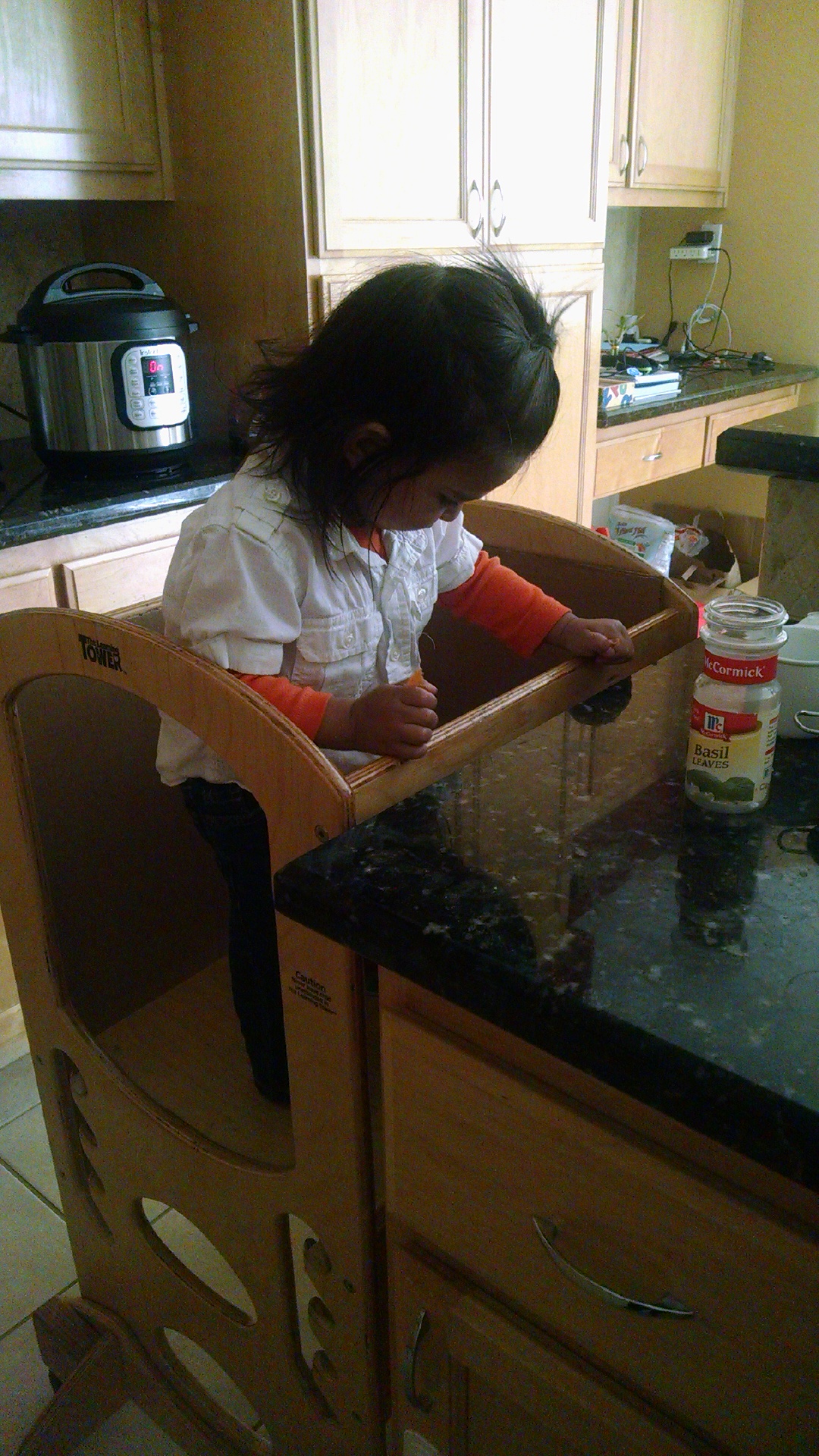 In the bathrooms, we added step stools so he could climb up to wash his hands with our assistance.
In the bathrooms, we added step stools so he could climb up to wash his hands with our assistance.
We felt like gates were restricting but also recognized they are sometimes needed for safety. As a SAHM it was hard to get anything done when I was playing goalie to our staircase every 20 minutes. So the two places we did use a gate was at the entrance of his room & at the staircase. The gate in front of his room was mainly because he was sleeping on his own by 9months of age and we didn’t want him crawling out of his room (from the floor bed) at any odd hour without supervision. The gate at the bottom of the staircase was primarily put up to prevent visiting friends kids’ from accessing the staircase. Toddler S became very familiar with our staircase and the protocols for using the stairs. Climbing the stairs was a skill we wanted him to be exposed to. We encouraged him to use the stairs when we were present. We taught him to slide down the stairs on his stomach at a young age as it was the safest way to come down early on.
Opening up our home to our toddler not only further promoted his explorative nature but also built his independence as he navigated and expanded his horizons within the house. We wanted our home to be his playground if safely possible and not limit his boundaries to a crib or playpen.
Observation
Most Montessori schools encourage teachers to observe the child and guide them when needed rather than having a structured, traditional teacher taught classroom environment. This allows children to explore, experiment and learn at their own pace. We encourage Toddler S to try new things on his own rather than resorting to always showing him how things are “suppose to” be. There was a great example I had read somewhere about how a group of kids engaged with a simple box and ball when shown how to use it vs exploring it on their own. The kids who were shown how to use it only played with it in one way, the way they were shown. The kids who explored it on their own were more creative and found new ways to play with it rather than limiting themselves to the one way.
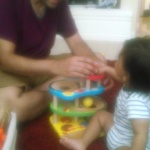
The other approach I like to use is playing with him without really teaching him, this works well for some tasks that are a bit more difficult. Basically it is parallel play and sometimes he will observe what I am doing and attempt it as well. Again, not showing him how to do it but allowing him to observe and possibly attempt it as well.
We also were able to observe that repetition is another part to this. Exposing him to the same time “toy” or activity over and over again really allows him to master the skill associated with it. However, as a first time parent, typically you are so eager to see your child successfully complete a task whether it be rolling over from their tummies to their back or to playing with a toy”correctly”. This was my first mistake too. Not only was I impatient in wanting him to properly play with the toy but I also was so tempted to do it for him. The montessori approach taught me to be more patient and to observe him attempting the task and only help when he is struggling are really asking for assistance. Not only did this allow him to learn at his own pace but it also allowed him to really focus, and repeat the process over and over again building confidence and taking small steps to success as he mastered a new skill.
One of our first toy purchases was a great example of this whole process. This toy required a lot of coordination, gross motor skills and focus for a 9 month old. Instead of focusing on the skills he was developing, I was more focused on the completion of the task. At the time, one of our cousins was visiting and his words of wisdom really stuck to me. He had said something along the lines of how he also initially felt like his kid would just not get it when he got a new toy but after playing with it 100xs, one fine day he
was able to do it!
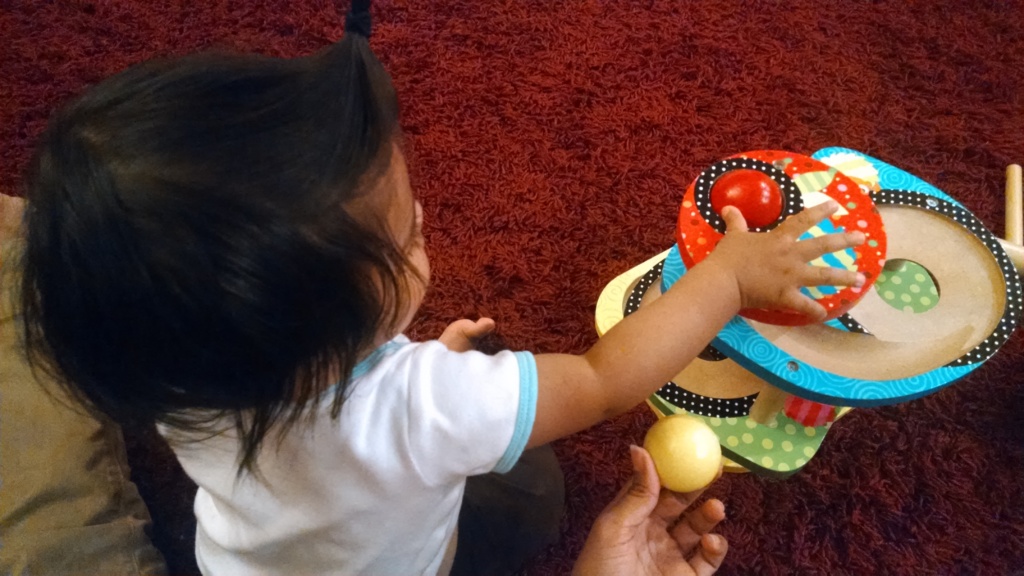
I watched my cousin play this toy with Toddler S (at the time Baby S). He talked about the ball, the shape, the color and what he was doing with it. He must’ve said the same thing 10xs to Toddler S but it kept him engaged, curious and wanting to play with the toy rather than dumping it after a few minutes. He never really told Toddler S what to do with it or forced the play on him. I continued playing this toy with him similarly in the days to come. After a week or so, suddenly Toddler S did what I was expecting him to do with the new toy multiple times in a row. He not only put the ball into the hole at the top of the wooden structure, he also tried slipping it in the hole half way down the structure. He tried pushing it from the bottle upwards. He was trying all sorts of other things with the ball and structure. Weeks later, he graduated from using the ball on the structure to putting various objects on the winding path of the structure further exploring this creative object.
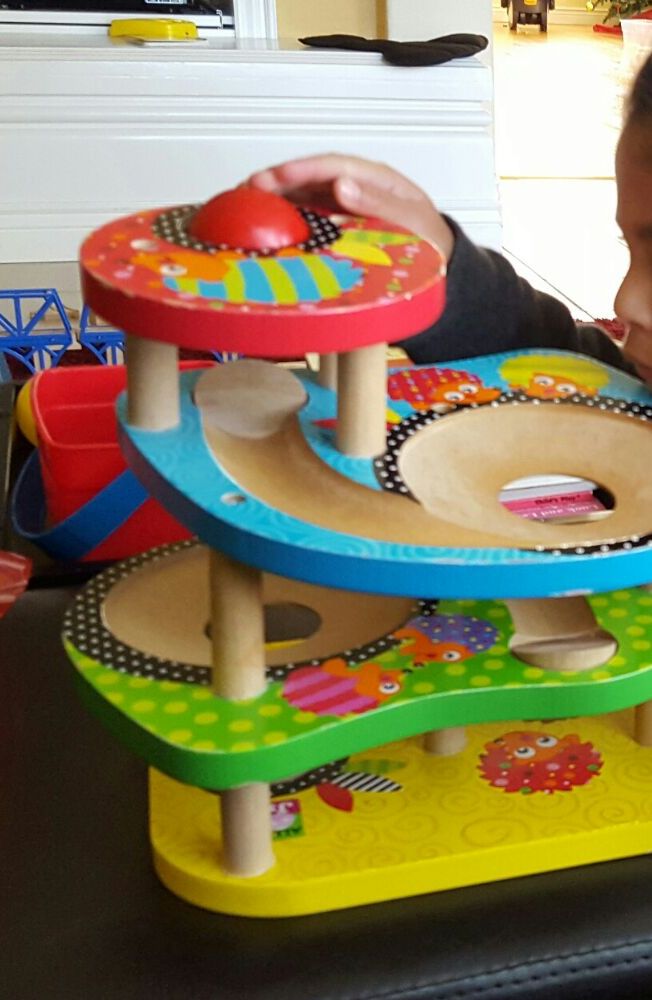
Independence
I was always taught how to do things rather than things being done for me, this was thanks to my hard working and busy parents. It taught me the importance of time management, accountability, and more importantly that I was a part of a larger system be it the family, a dance group, a classroom, the society etc. and I should be contributing to them in some way or form. This is an important part of who I am today and how I function. I hope by example and persistence, I can pass this very valuable life skill onto Toddler S whether it be through play or life experiences. The montessori approach promotes independence through
Independence though, is such a touchy thing to impart. Nobody wants to feel disposable, like they are not needed. As a parent, you spend so much time shaping, influencing and being a role model to these mini-me’s that a part of you just doesn’t want to let go. You want them to hold your hand forever, to need you forever because there is something special and secure about feeling needed. Also, sometimes it’s so much easier to just do it yourself rather than patiently waiting for a toddler to do things at their pace. It takes a LOT of patience. But there are two quotes that have really stuck to me and I use them as a constant guide when I have the smallest, (sometimes selfish) desire to do something for Toddler S rather than teaching him.
In general, these are my guiding quotes. Knowing that he is building the confidence to do things on his own in a safe environment is success to me. After all, every parent wants that reassurance of knowing their baby will be okay in this big, scary world and there is nothing more comforting than seeing Toddler S explore and conquer what is currently his world, right in front of my very own eyes.
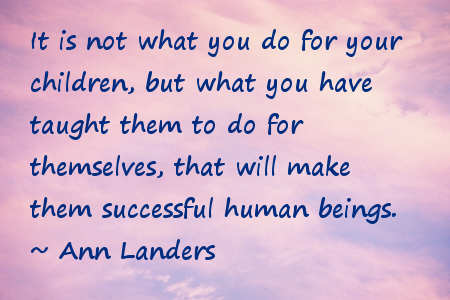
One of the early phrases Toddler S learned was “Mete mete” which means by myself in Gujarati. We have always encouraged him to try to do things by himself and he picked up on this very early on. We love hearing him say, “mete mete” whenever we try to do something for him. It’s been a great reminder for us to step back and let him try it on his own! I hope he continues to use this as a strength of his to excel and do bigger, better things for the world around him. We are already seeing the fruits of our efforts and patience in his confidence, his endless curiosity and his desire to conquer the problems in his little world.
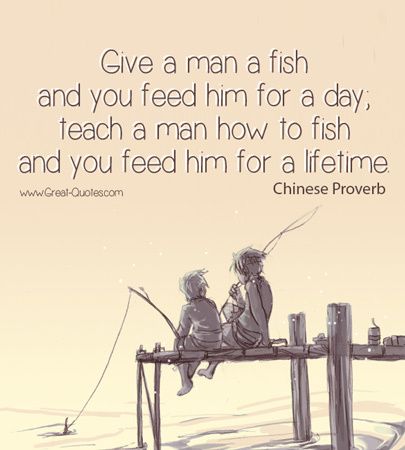
Respecting Toddler S as a little person
Toddler S is really a grown up stuck in a tiny body. We have to constantly remind ourselves that just because he’s half our size it doesn’t mean his feelings are any less, that his words or actions shouldn’t be heard, or that he is wrong and we are always right.
He talks as though he is a part of every conversation. He stops to ask questions at the sound of anything unfamiliar. I think adults often forget just how much kids are capable of if we just allowed them to-be. These half sized humans are developing a mind of their own and we are here to encourage their individuality while creating an appropriate environment for them to grow in. They’ve been observing and absorbing their surroundings since the day were born. And although they are unable to communicate to us in plain old <insert a language>, they are indeed communicating, we just need to stop and really try to understand their cues. More often, than not, they are communicating the same exact things they are learning from us whether it is through words or action. As a result, it has been really important for us to really be the example for Toddler S. We can only expect him to treat us the way we treat him, he is a person, a little person.
On those rough and testing days, I really have to remind myself and him to use his words to express what he’s feeling. If we throw the same tantrums they throw when we’re frustrated with them, that is what they will replicate. If we shout at them, rather than trying to understand them, they will do the same. We continue to tell him to use his words when the crying or anger kicks in since we really can’t understand him otherwise. We also make a conscious effort to say sorry, please and thank you. We encourage him to say, “no” if he doesn’t like something. We listen to him when he says to stop. Again, we try to treat him the way we would like to be treated (of course, the daily smothering of momma hugs, kisses and cuddles is an exception!).
He is at such a great age where he wants to know more. And rather than shutting him up (to put it nicely) or ignoring him we try to take the time to talk to him, answer his questions and address his emotions. After all, you don’t ignore others when they interact to you so have some respect for these little ones who are going to be the next generation of leaders!
Looking back at the last two years, it’s been amazing to watch Baby S grow into Toddler S. He has a confident, spunky, bubbly and very curious personality. He’s a natural problem solver, loves the concept of trial & error and over all is very analytical in what he does. The Montes…ergh, Shah’ntessori approach has really helped establish his foundation thus far. I am looking forward to keeping up with the next phases of his learning and exploration by continuing to be an active player in his growth!
Stay tuned for more on how we evolve the Shah’ntessori approach into the peaks of toddlerhood and the bi-lingual/cultural immersion aspects.
